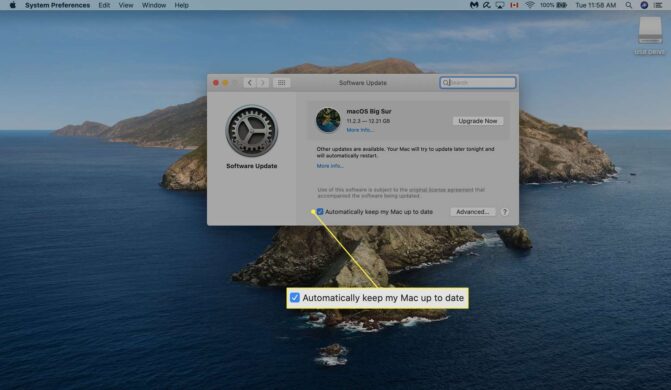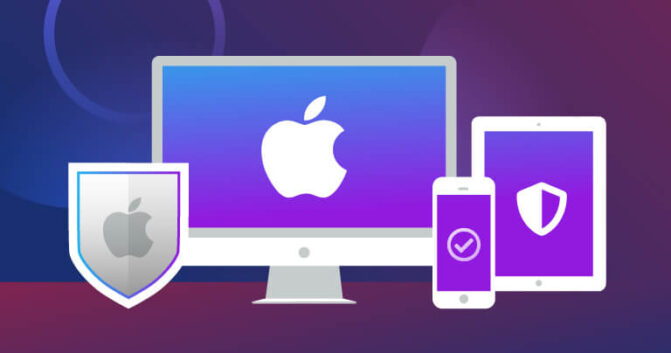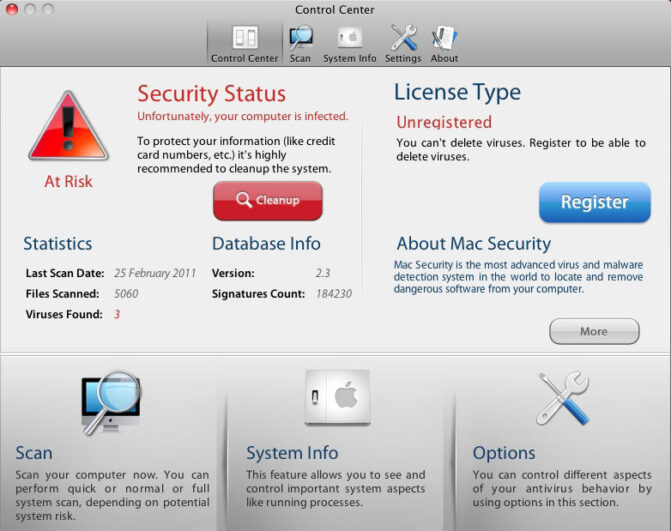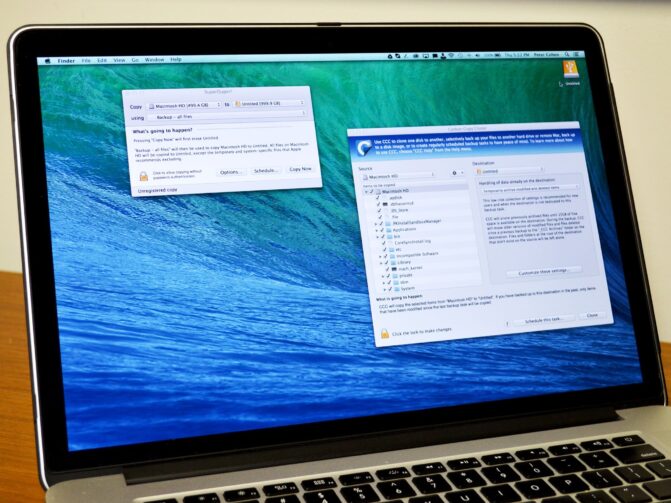Macs are vulnerable to viruses and spyware. There are several sorts of malicious programs that can corrupt a Mac and cause damage to the system. Viruses and malware can steal private information, crash or slow down computers and even seize the device’s management rights. It is essential to have preventative and removal techniques in effect to safeguard your Mac.
Prevention methods are steps made to keep malware from infiltrating a computer. This includes- updating software, enabling built-in safeguards, employing strong passwords and two-factor verification, exercising caution while accessing and installing, and employing antivirus software.If your Mac displays indicators of viruses or malware, don’t hesitate to ask for professional help. Contact Raleigh Mac Repair adtechnc.com immediately to ensure your machine is performing optimally!
Keep Software And Operating Systems Up To Date

Developing preventative techniques to keep malware and spyware from invading a Mac is important. There are numerous techniques to prevent malware from infecting the machine using these safeguards.
Keeping the software up to date is one of the most successful ways. This guarantees that the most recent security updates and patches are applied, which can assist in preventing holes from being exploited by malware.
Another essential preventative approach is using built-in safety mechanisms such as walls and gateways. These elements add additional security by preventing potentially malicious code from being installed or running.
Using two-factor authentication and secure passwords is also critical in combating malware attacks. A password safe just makes it harder for cybercriminals to know or crack whereas – 2 different login provides an additional level of security by requiring a true form of validation, like a code texted to a smartphone.
Another significant preventative approach is to be vigilant when installing and installing software. This means only obtaining programs from respected sources and validating the device’s authenticity before installation. Antivirus software can contribute to the detection and prevention of malware infections. Antivirus software analyzes the system and detects viruses and other dangerous malware, then, if found: destroys it.
Use Antivirus Software To Scan And Remove Malware

Removal approaches are used to remove malware that has already infiltrated the system, which might involve scanning and eliminating malware using antivirus software, deleting dubious apps and browsers, resetting browser settings, clearing cache and browsing habits and restoring a backup with Time Machine.
When coping with the virus on a Mac, it’s important to take necessary actions to get rid of it as soon as possible. These are several efficient elimination methods:
- Scan and remove any viruses with antivirus software: Antivirus software is meant to identify and eliminate malware from a computer. The software can detect and remove harmful programs by doing a thorough scan.
- Uninstall any suspicious apps or web apps: Spyware frequently masquerades as genuine programs or web apps. If users feel an app or plugin is causing problems, they should uninstall it immediately.
- Reset browser settings: If a computer has been compromised by malware, changing the settings can aid in removing the infection. Clearing the cache- deactivating plugins and refreshing the browser and search engine are part of this process.
- Clear cache and browser history: Cleaning the cache and browsing habits might help you eliminate any dangerous files you’ve recently loaded to your computer. This may contribute to enhancing the browser’s functionality.
- Restore a restore: If a user seems to have a back of their Mac, they could use Time Capsule to return it to a prior level before the malware infestation. This method can be useful for removing malware and restoring the Mac to its previous state.
Signs Of A Virus In Mac

People can mean removing viruses from the Mac & avoid further harm by employing these removal procedures. It is critical to remain watchful and act quickly to protect the laptop and its data.
After taking precautions, a Mac might become malware-infected. Understanding the symptoms of infection is critical to quickly diagnose and solve the problem.
- Slow performance is a common indicator of malware infection – This might occur because the malware uses computer resources, leading the machine to run slowly.
- Another common symptom of malware is pop-up advertising. If the user frequently sees advertisements unrelated to the online page they are visiting, this could suggest a virus infestation.
- Unexpected toolbar buttons and add-ons in the computer are another warning indicator. Malware may install to track user behavior and deliver intrusive advertisements.
- If a user encounters random restarts, this could indicate a malicious program. The virus may cause the system to fail and restart to evade detection.
Additional Tips For Protection

Mac viruses and malware can seriously annoy and threaten any user’s personal information and computer performance. To prevent these issues- there are several prevention strategies that users can implement.
One key strategy is to keep the software and operating system up to date, ensuring that any security vulnerabilities are addressed and patched. Users should also enable built-in security features and use strong passwords and two-factor authentication to protect against unauthorized access.
Another important prevention strategy is to be cautious when downloading and installing software. Users should only download software from reputable sources and carefully read the terms and conditions to avoid downloading unwanted programs.
In prevention strategies, there are several signs that a Mac may have been infected with malware. These include slow performance, pop-up ads, unwanted toolbars and extensions, random restarts, and suspicious network activity.
Users can utilize several removal strategies to effectively remove malware from a Mac. These include using antivirus software to scan and remove malware, removing suspicious apps and browser extensions, resetting browser settings, clearing the cache and browsing history, and using Time Machine to restore a backup.
There are additional tips that users can implement to protect their Macs from malware and viruses. These include using a Virtual Private Network (VPN), regularly backing up important data, enabling the Mac Firewall, avoiding public Wi-Fi networks, and being vigilant of phishing emails.
After using these prevention, removal and protection strategies, users can -effectively protect their Mac and personal information from potential threats. It’s important to stay informed and take proactive measures to secure the computer and data.
Conclusion
Prevention and removal strategies are important in safeguarding against various threats, whether online scams, malware attacks or identity theft. Prevention strategies include staying up to date with software updates, using strong passwords, avoiding suspicious websites and emails, and being cautious when sharing personal information online. Removal strategies involve using antivirus software and malware scanners to detect and remove malicious software on your device. It’s important to note that ongoing vigilance and protection are essential in maintaining your cybersecurity. Cyber threats constantly evolve, and hackers are finding new ways to exploit vulnerabilities.